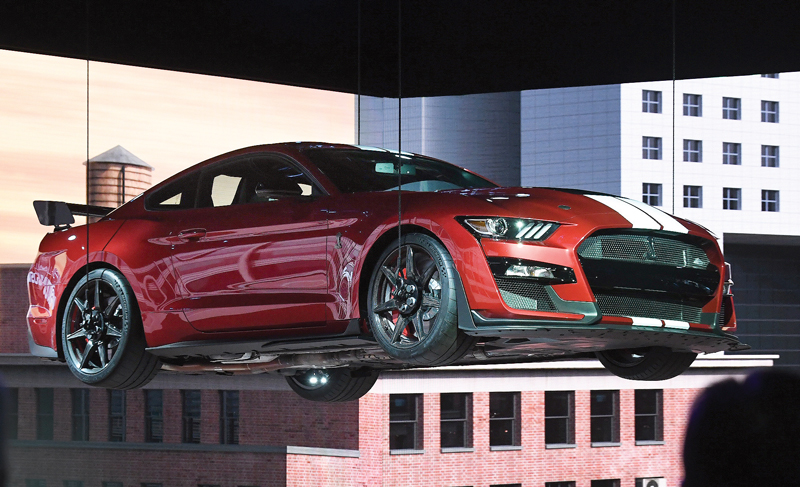By Laurie Harbour, president and CEO
Harbour Results, Inc.
Seemingly the biggest news story of the 2019 North American International Auto Show (NAIAS) was the fact that the event is moving from January to June in 2020. This year’s show was plagued with more missing automakers (Audi, BMW, Mercedes-Benz), fewer vehicle launches and overall lackluster vehicle displays. Overall, the show was disappointing and further emphasized the growing trend of automakers launching vehicles at independent press conferences rather than auto shows. The show floor was significantly less bustling during media days; however, there were a couple of high points.
A new Ford Explorer, finally
Ford unveiled a top-to-bottom redesign of the Explorer and is transitioning to a rear-wheel-drive architecture. The Explorer hasn’t had a full redesign since 2011 and was long overdue for a major refresh. Ford plans to provide a new SUV that allows for more attractive proportions, a clever hybrid option and a more dynamic ST model.
The Explorer was one of a number of SUVs that were featured at NAIAS, which was not a surprise as consumer demand for these vehicles continues to grow in the US. In fact, SUVs and CUVs dominated the show floor across all brands. Cadillac featured the XT6, while Kia had a full display area for its 2020 Telluride crossover SUV, and Infiniti debuted the QX Inspiration – a midsized SUV concept that serves as a precursor to the brand’s first fully electric vehicle.
Performance cars make the grade
Ford Motor Company debuted its new 2020 Mustang Shelby GT500 sports car – the fastest and most advanced street-legal vehicle ever produced by an automaker. The hand-built, 5.2-liter aluminum alloy, supercharged V8 engine turns out 700-plus horsepower and is capable of mid-three-second 0 to 60 mph and sub-11-second quarter-mile scores.

NAIAS.
Additionally, Toyota revealed the fifth-generation Supra that resurrects the nameplate for the first time since it was phased out in 2002. It was nearly seven y ears ago when Toyota and BMW announced that they had set up a joint venture to develop two rear-wheel sports cars. While the Z4 is a roadster, the Supra will be a hatchback. Each uses an architecture and engines developed by BMW and both are made in Austria at Magna Steyr on the same line, at a combined volume of up to 40,000 vehicles annually.
This marks a movement that seems to be gaining momentum across the automotive industry – automakers coming together to work on the design and development of next-generation technology, as well as vehicles. Recently, Ford and VW announced an alliance to build vehicles together. The companies also agreed to “investigate” how they can work together to develop next-generation vehicles, such as electric and self-driving cars. More recently, it was reported that General Motors is in talks with electric vehicle maker Rivian Automotive. An investment in Rivian could help GM get an electric pickup to market faster and help ward off upstarts such as Tesla.
Finally, many of the trends we’ve seen in past auto shows continue to be at the forefront. From light-weighting to powertrain electrification to camera and screen integration to advanced mobility concepts, the auto industry is experiencing a great deal of evolution at a rapid rate. This evolution is not only impacting how consumers will get from point A to point B, but also will affect the entire automotive supply chain.
Fast-forward to 2020: It will be interesting to see how these trends evolve. Which ones are winners, and which are losers? It also will be interesting to see if the Detroit Auto Dealers Association (DADA) can reinvent NAIAS and breathe new life into the auto show.
Laurie Harbour is president and CEO of Harbour Results, Inc., a business and operational consulting fi rm for the manufacturing industry, offering operational and strategic advisory expertise, as well as proprietary assessment programs, to help optimize a business’s performance. For more information, visit www.harbourresults.com.


